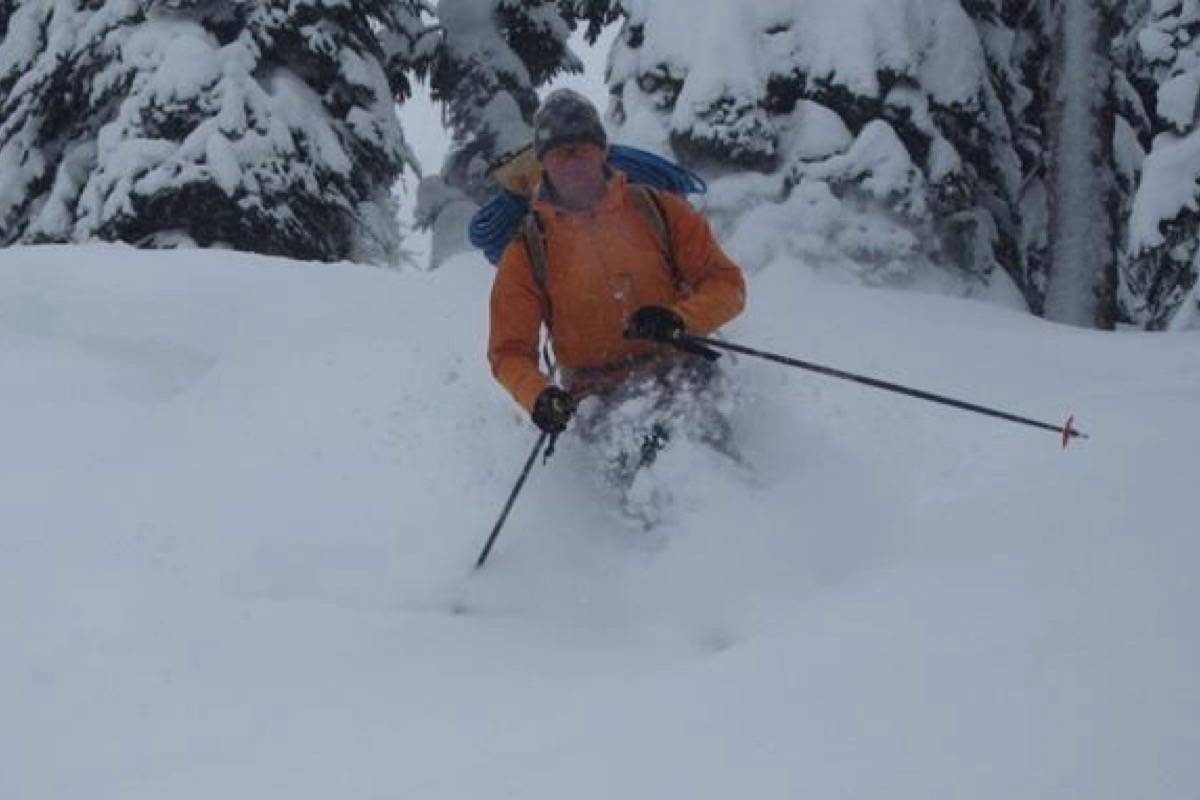At least five people have died recently from falling into tree wells while skiing or snowboarding in the mountains of Western Canada and the United States.
The deaths have mountain experts warning outdoor enthusiasts about the natural snow hazard — a space of loose, deep snow that can form around tree trunks.
They are most common around evergreen trees and can be deeper in heavy snowfall years.
“Calculating (five) fatalities in tree wells is almost kind of shocking,” said Jeff Bullock, a certified guide who is mountain programs manager at the University of Calgary Outdoor Centre.
“Honestly, I don’t recall a year where there have been multiple fatalities in tree wells.”
On March 2, a Calgary man was found dead in a tree well at Whitefish Mountain Resort. Charles Herr, 56, was skiing at the Montana resort with a friend when they lost sight of each other.
Herr’s death was the fifth tree-well fatality in the western provinces and states in the same week.
A 19-year old female skier and a 24-year old male snowboarder fell separately into tree wells at Mt. Bachelor ski resort in Oregon, also on March 2.
A day earlier, an Alberta man died near Floe Lake in Kootenay National Park on a backcountry ski trip.
And on Feb. 26, a Vancouver man died near Keefer Lake Lodge in B.C.’s North Okanagan. The skier became separated from his group during a cat-skiing tour and was found unconscious in a tree well. He died in hospital.
The Vancouver man has not been publicly identified, but his friend Adam Campbell of Canmore, Alta., said his death hit close to home.
“It would just be a horrible way to go. You’re suffocating and you know you’ve got friends close by,” Campbell said.
“You get stuck in this environment with people close by and, for whatever reason, they can’t hear you.”
Campbell, who regularly skis in the backcountry, said tree wells are one of the many hazards in the mountains.
“Avalanche awareness is huge — as it should be — but there’s a lot of other risks out there as well and that’s one of them,” he said. “It’s not talked about as much.”
Mountain experts say tree wells can be dangerous in the backcountry as well as at controlled ski resorts.
“Anywhere there is a tree and there’s a hole there, there’s certainly potential that could happen,” said Steve Holeczi, a visitor safety specialist in Banff, Yoho and Kootenay national parks.
READ: Snowmobiler dies near Lumby
Holeczi said it’s important to always ski with a friend and try to stay in visual contact and within earshot.
“You should always travel with a partner and be really cognizant of where your partner is,” he said. “If you are … falling in a tree well, your most likely chance of getting rescued is by that person.”
Bullock advises it’s important to get your skis or snowboard off if you do get stuck in a tree well. That makes it easier to flip around and breathe.
If that’s impossible to do, it’s important to remain calm and try to find an air pocket.
Any rescue needs to be done with a sense of urgency, he said.
“It may not seem as serious as an avalanche but, as we are learning, they are fairly serious.”
Colette Derworiz, The Canadian Press



